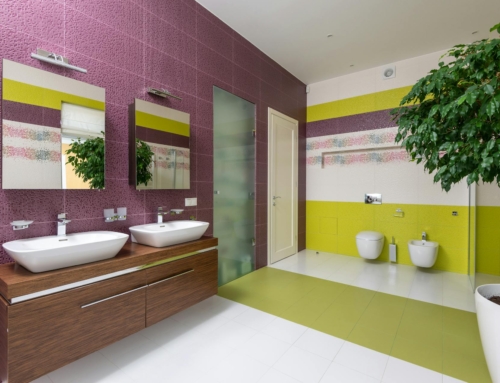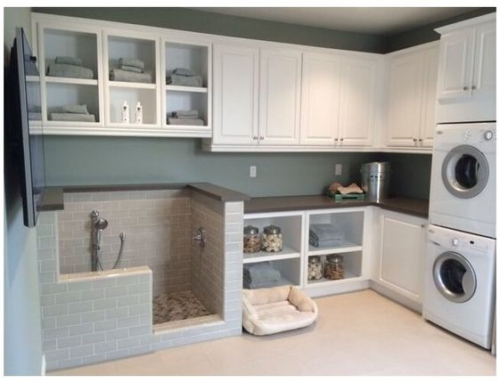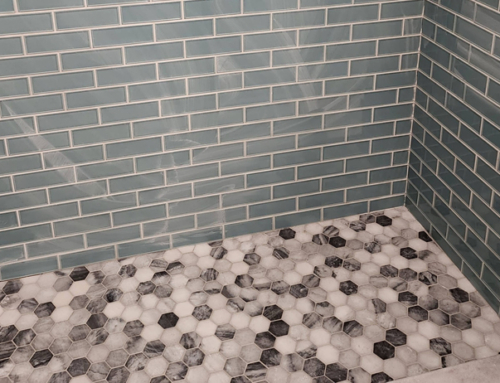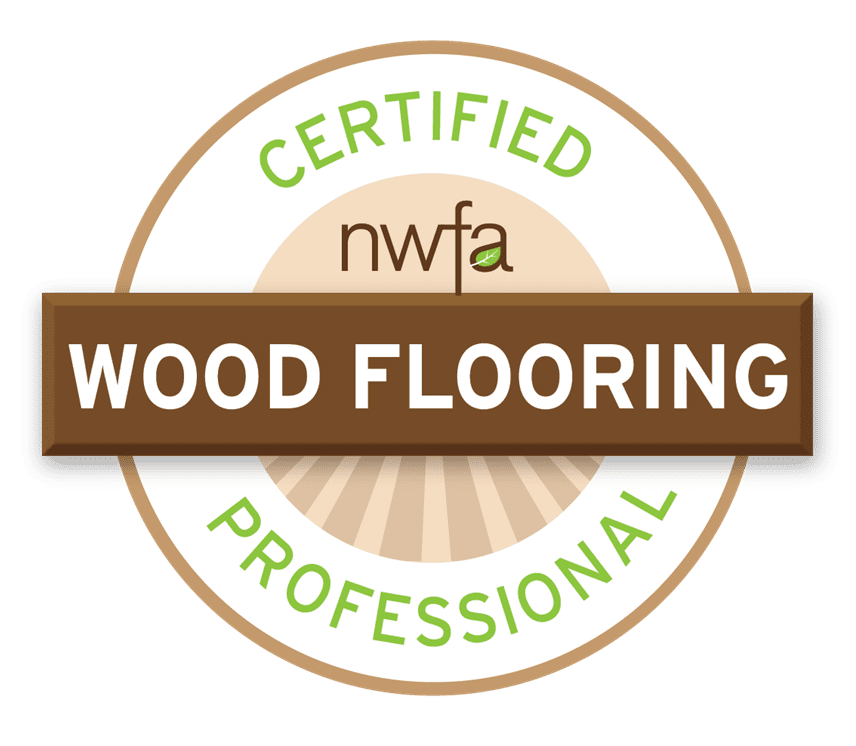Playrooms are incredibly fun projects. Your children will spend hours in there—playing, learning and everything in between—so you have the freedom to cater to their tastes more than you would in other parts of your home. Let your imagination run wild when it comes to playroom design ideas your kids will love.
But, that’s only half the battle. Underneath the aesthetics, this room also needs to be functional. A well-done playroom should be able to hold their attention and all their toys, while still seeming put together. Achieving all of these things in one space is not easy. Keep reading for our best playroom design ideas.
Playroom Design Ideas – Activity Centers
Kids are notorious for jumping from one activity to the next with lightning speed and every parent knows how tough it can be to hear the words, “I’m bored” floating down the hall. Fortunately, a playroom that’s set up correctly can help cut down on these occurrences with plenty of ways for the youngsters to spend their time.
To do this, create a few different activity areas within the room. Put together spaces that are each geared toward a specific purpose, like the reading nook in the picture above. Consider adding a table for arts and crafts, or a media center with a TV for watching kid’s shows.
Keep all the items they’ll need for the activity within arm’s reach in each area. Not only will doing so help you keep things more organized, but it will also encourage the little ones to stay focused on the task at hand.
Playroom Design Ideas – Add Plenty of Storage
If there’s one universal truth, it’s that kids come with lots of stuff. The best playrooms are those with plenty of storage available to keep all put away in a well designed way.
Consider what kind of storage will work best for your family. Do you need lots of bookshelves for an avid reader. How about a tricked-out entertainment center for video games? Or cubbies to hold stuffed animals? You’ll likely need to use a combination of pieces to accommodate all of your children’s interests.
For the storage elements, focus on pieces that have potential to serve multiple functions and try to keep their colors as neutral as possible. Storage will be one of the priciest parts of the playroom design, so try to select furniture, furnishings, and flooring that can grow with the children.
Color and Accessories
No playroom should ever be bland, but there’s nothing worse than the idea of redesigning one from top to bottom only to have your child tell you that they want a new color. Save the headache, and the cash. Bring lots of color into the room through the accessories you choose. That way, you can swap them out fairly easily as your child matures.
In this case, the definition of “accessories” is pretty broad. Consider mixing and matching different colors and patterns through textiles. Throw rugs, pillow covers and blankets are great places to start. However, larger items like wall art and lamps could also play a role.
Creative Playroom Design Ideas on the Walls
The walls are really what can set the playroom apart from other areas in the house. Since kids’ spaces are expected to be a bit more fun and carefree than ones adults would use. Get creative with their design. If you have a specific theme in mind for the room, consider the walls your focal point.
Start with a base layer of neutral paint and using wall decals to add visual interest. Since the decals are held to the wall without an adhesive, they’ll be simple to swap out or take off entirely once your child’s tastes change. However, if decals aren’t for you, consider using a wallpaper or even painting a mural to liven up the space.
Finally, Focus on Flooring
Carpet in your play area provides some cushion for knees and elbows. However, carpet still creates carpet burns. And carpets are germ sponges that absorb and spread bacteria and viruses from every drippy nose or lip, uncovered cough and unbridled sneeze a child has in the room. Carpet is impossible to get fully clean, even with shampooing. A flooring that is easier to completely clean is a better option.
There are many solid flooring options that are soft enough to protect the little ones in the event of a fall, but sanitary enough to allow quick and easy cleanup. Luxury vinyl plank flooring provides a hardwood-like appearance but with a slightly spongy composition, with padding underneath.
In addition, playrooms can be outfitted with interlocking padded squares, much like what you’ll find in many daycares. Although this can get expensive in larger rooms, if you’re designing for especially young children it may be worth the expense.
Creating the perfect playroom is harder than it looks. On the one hand, your design needs to capture kids’ attentions and inspire their imaginations. On the other, these rooms serve a particular purpose. They need to keep kids occupied and help keep their clutter at bay. Bringing both these things into one space is not easy, but if you use the tips in this guide, we know you’ll be able to create a playroom that works well for your family.
Was this more fun to read about than it seems to actually do? Why don’t you let us come build it for you and your little ones? Call or email Flooring Masters & Professional Remodelers today for a free consultation. We know you only want the best in flooring. That’s why it’s important to hire the best in the business, and at Flooring Masters & Professional Remodelers, we can guarantee you that’s us.
Flooring Masters & Professional Remodelers have been flooring and remodeling Kentuckiana for over 30 years. Our certified installers have the ingenuity and know-how to assist you in choosing the perfect floors for your home. Don’t take matters into your own hands—let us guide your next project.











